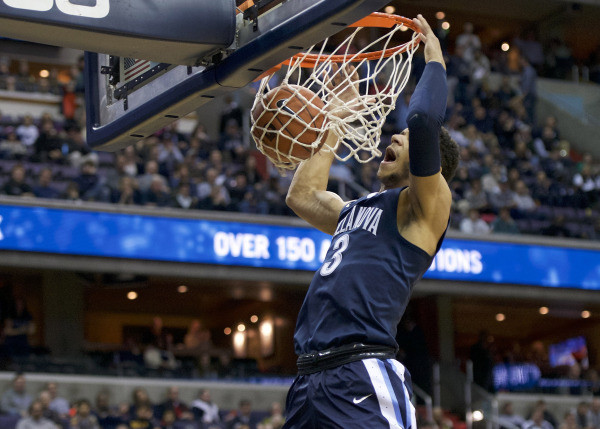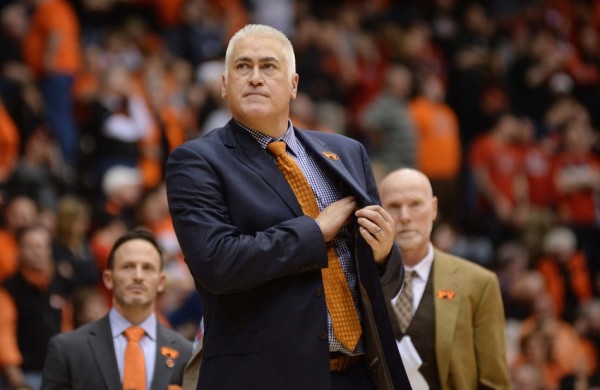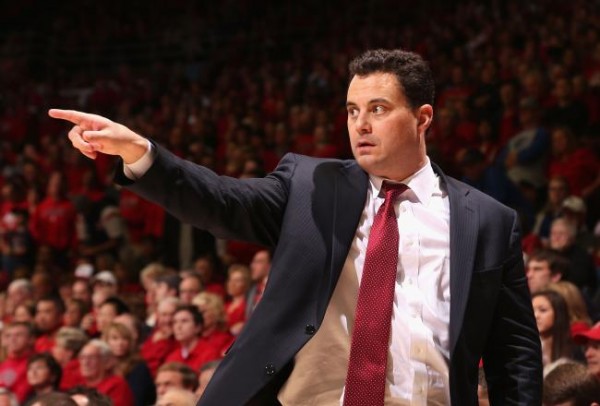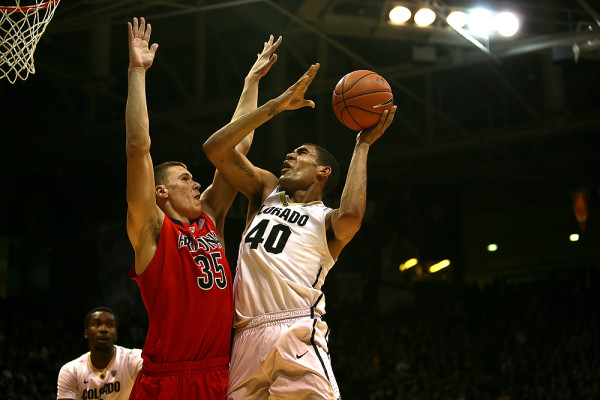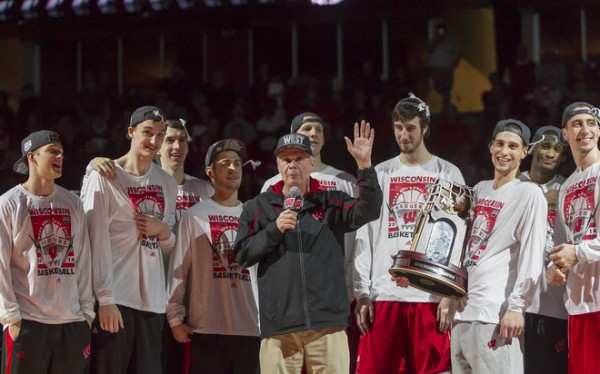State Your Case: Wichita State, Monmouth, Valparaiso, Saint Mary’s
Posted by Tommy Lemoine on March 9th, 2016It’s an all-too-familiar story: Several of college basketball’s most promising mid-majors – potential bracket-busters that made mincemeat of their conferences during the regular season – bulldoze their way into March, only to see their dreams of an NCAA Tournament appearance crushed during Championship Week. Nice to know ya; enjoy the NIT; better luck next year. In fact, of the 11 conference tournaments completed so far in 2016, only one top seed (Chattanooga) has managed to clinch its league’s automatic bid. Luckily, for a few of the unfortunate champions, this season may offer new hope. An exceptionally weak bubble, combined with some strong Other 26 resumes, has enabled several teams from non-power conferences to remain in the at-large conversation. In the spirit of election season, let’s allow these candidates to state their cases leading up to Selection Sunday.
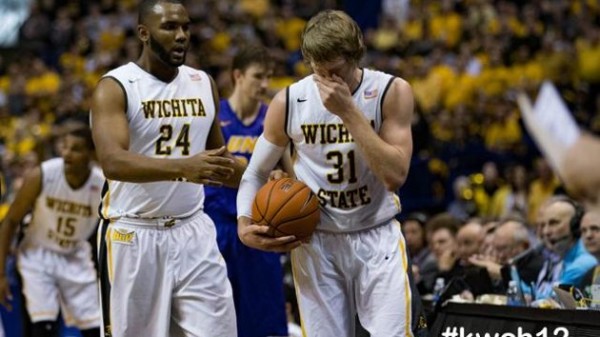
Will Ron Baker and the Shockers get another shot on Selection Sunday? (kwch.com)
Wichita State
- The At-Large Argument. Advanced metrics love the Shockers more than any other team on the bubble, and it’s not close. KenPom currently ranks Wichita State #11 in the country – ahead of Miami (FL), Arizona and Xavier, among others – thanks in large part to its second-ranked adjusted defensive efficiency. Sagarin is not quite as high on Gregg Marshall’s group, but he still ranks the Shockers among the top 25. For the sake of comparison, fellow bubble comrades Syracuse and Ohio State do not fall within the top 40 of either ranking. On top of that, the Shockers are a classic example of a team the NCAA Selection Committee might – and perhaps should – judge differently now that they are at full strength. Three of Wichita State’s eight losses came without All-American Fred VanVleet, who missed four games in late November with an ankle injury. In two of those losses, the Missouri Valley champs didn’t have starting center Anton Grady either, who suffered a nearly career-ending injury against Alabama – a game they lost by just four points. There were other injuries, too. Now healthy, Wichita State seems to be a genuinely better basketball team. Oh, and did we mention that non-conference victory over Utah?





























